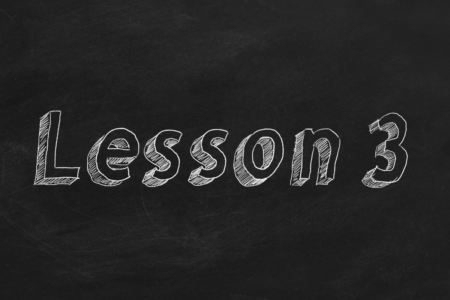Case valuation is critical, but gut instinct and approximations continue to outpace this economically sound approach to valuation .
Attorneys typically prepare for mediation by estimating the likelihood of success and range of rewards and costs, but they often encounter challenges converting this evaluation into a settlement value based on sound economic principles. Robert B. Calihan et al., The Role of Risk Analysis in Dispute and Litigation Management, ABA 27th Annual Forum on Franchising (2004) states “As a result, it is easy to overvalue or undervalue cases—and by significant amounts.”
Business leaders utilize a method known as “risk analysis” or “expected value” to assess the value of ventures with an array of potential outcomes. Equally effective in mediation, risk analysis enables attorneys to estimate case value by assigning probabilities to each potential outcome, estimating related costs and benefits, and calculating a risk-weighted value for each outcome. The sum of all risk-weighted values is the estimated case value.
Risk analysis succinctly conveys to clients detailed insights from their attorneys concerning the risks and rewards of continued litigation, especially compared to traditional phrases such as “more likely than not” or “you have a strong case.”
Peacemaker simplifies risk analysis by asking straightforward questions, performing the probability calculations, and producing a simple table so attorneys can understand, realistically quantify, and meaningfully communicate litigation risks and costs to clients.
The following examples utilize risk analysis to assess the value of a coin flip and a lawsuit.
Coin Flip Example
If you could flip a coin to win $10 million for heads or $1 million for tails, how would you estimate a fair price for someone to buy the opportunity before you flip the coin? Risk analysis estimates a value of $5.5 million, the sum of the risk-weighted values in the table below. A risk-averse client might sell for less than $5.5 million while a risktaker might demand more. Risk analysis provides an important point of reference, and selling for $5.5 million or more could be considered a success.
| Outcome | Probability | Weighted Value |
| $10 million x | 50% = | $5 million |
| $1 million x | 50% = | $500,000 |
| Total | $5.5 million |
Lawsuit Example
Next, consider from the plaintiff’s perspective a contingency fee case with three potential outcomes:
- 20% probability of a defense win at summary judgment
- 40% probability of a $1 million verdict with $100,000 in court costs and expert fees
- 40% probability of a $2 million verdict with $100,000 in court costs and expert fees
Risk analysis estimates a settlement value of $1.12 million, as shown in the table below. While a risk-averse plaintiff might settle for less to avoid the worst outcome of a defense win at summary judgment, a risktaker might not. A defendant might calculate a much lower settlement value, believing there is a higher probability of a defense win at summary judgment and a 50% probability of a $500,000 verdict. It is the mediator’s job to bridge the gap between the defendant’s analysis and the plaintiff’s analysis.
The analysis should include projected attorneys’ fees in non-contingency fee cases. For potential outcomes where the plaintiff recovers nothing, the weighted value will be negative if the plaintiff is responsible for paying fees and/or costs. For example, if a plaintiff in a non-contingency fee case has a 10% probability of losing at summary judgment at a cost of $20,000 in attorneys’ fees, the weighted value of that outcome is negative $2,000.
| Outcome | Costs & Fees | Net to Plaintiff | Probability | Weighted Value |
| Summary Judgment to Defense | $0 | $0 | 20% = | $0 |
| $1 million verdict | $100,000 | $900,000 x | 40% = | $360,000 |
| $2 million verdict | $100,000 | $1.9 million x | 40% = | $760,000 |
| Total Case Value | $1.12 million |
Peacemaker will share your risk analysis with your team only and never with the opposing party. Success is more easily achieved when you choose to also share your risk analysis with the mediator because of the critical insights it provides concerning your views of the case.






